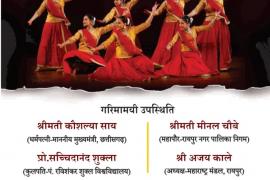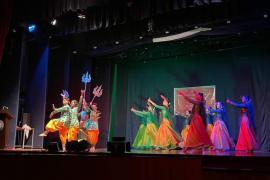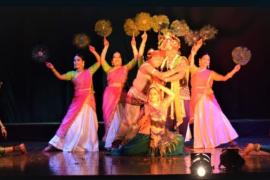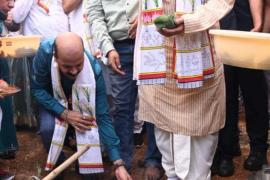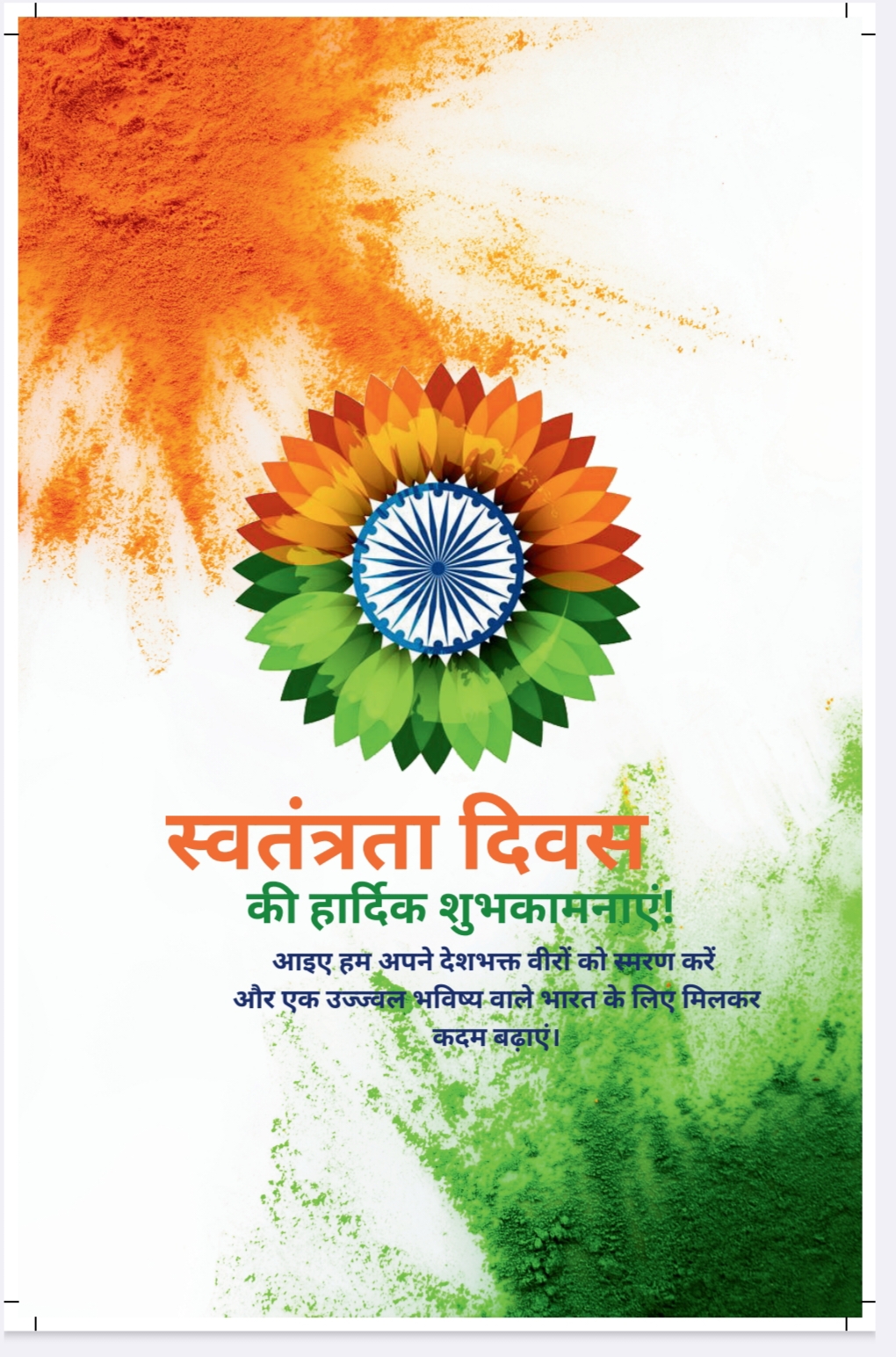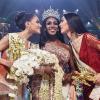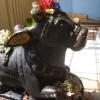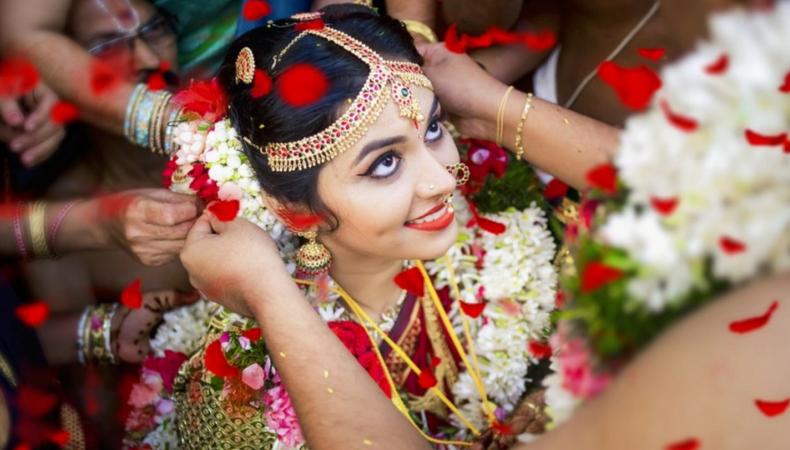
What is a Mangalsutra?
All marriages involve some form ornament that symbolizes marriage. This ornament can be a wedding ring, chain, nose piece, bangles or even a toe ring. Mangalsutra is an ornament that symbolizes marriage and is an Indian wedding chain.
Mangalsutra or “mangalsutram” evolved from a Sanskrit term ‘mangal’ means prosperous, blessed, happy, successful and ‘sutram’ meaning cord. Ideally, a mangalsutra is made of 108 (an auspicious number) fine cotton threads twisted together and dyed yellow in saffron or turmeric. On the thread, a gold thali is strung in the center.
During the wedding ceremony, the priest recites mantras (chants) when the groom ties the mangalsutra around the bride’s neck, securing it with three knots. This act of tying a mangalsutra signifies the groom and the bride are united and have a responsibility of taking care of each other.
The mangalsutra is regarded as an auspicious amulet and the bride herself is said to be auspicious (sumangala). By wearing the mangalsutra, the bride is said to become immune to the evil eye. By extension, anyone who sees her is automatically granted good luck.
Mangala is also the name of the planet Mars, whose color is red, same as the auspicious garment color worn by Hindu brides. Because of this association, it’s common to use coral gem (manga) that is sacred to Mars. Mangalsutra chain is made of black glass beads (kala pota). It’s said to repel the evil eye.
Importance of Wearing a Mangalsutra
There![]() are four primary reasons for wearing a mangalsutra.
are four primary reasons for wearing a mangalsutra.
The mangalsutra is the symbol of the bond of union between Shiva (husband) and Shakti (wife). Basically, it’s an inseparable bond between the husband and the wife.
Married women are expected to wear the mangalsutra throughout their lifetime and it is believed to enhance the well-being of her husband and family.
The three knots ties represent important aspects of marriage. The first knot represents her obedience her husband, the second knot signifies her commitment to the husband’s parents and the third knot represents the respect for the God.
Mangalsutra is usually a black beaded chain in the thin wire of gold. The gold wire and black beads are supposed to destroy the distressing vibrations. The black beads absorb the negative energy before they can reach the bride and her family. Basically, the mangalsutra acts as a protective sheath around a woman’s body and protects the marriage from any evil.
1. Length of Mangalsutra Chain:
The chain length of a mangalsutra traditionally was long enough to reach the bride’s Anahat Chakra, meaning Heart Chakra located in the center of the spine, near the heart.
This means ideal chain length should be at least 24-30 inches long.
Anahat Chakra also means infinite sound and is associated balance, calmness, and serenity.
2. Mangalsutra Pendant:
Sometimes you may see small gold cup-like pendants. These are known as vatis. Many cultures tend to choose this as a universal mangalsutra pendant. Your mangalsutra can either have one single vati or two vatis. Maharashtrians and Tamilians prefer two vatis.
The dome-shaped spherical vati is used because of its ability to emit maximum waves in comparison with other shapes. The vatis face the Anahata-Chakra. This helps in the dissolution of a woman’s negative emotions such as her ego.
The vati typically does not design on its surface because it is believed that the positive vibrations will be obstructed due to any additional design.
For the even higher level of positive vibrations, two spherical gold beads are placed between the vatis. A flower pattern at the top of each vati is for attracting positivity in term of material possessions.
In a typical mangalsutra there are two strings of black beaded chain and according to Hindu dharma, they represent a union of Shiva and Shakti.
- Log in to post comments


